|
HOME: www.hiltonpond.org |
|||
THIS WEEK at HILTON POND Subscribe for free to our award-winning nature newsletter (Back to Preceding Week; on to Next Week) |
11-19 Nov 2017 & 20-28-Jan 2018 Come be part of a real |
15 YEARS OF "ALMOST HEAVEN" IN FAYETTE COUNTY, WEST VIRGINIA A little more than 15 years ago, a group of visionaries in Fayette County WV were brainstorming ways to bring more visitors to the area before rafting season started in late May on the New and Gauley Rivers. As an outdoor destination, the region has long welcomed rafters, climbers, hikers, off-road bicyclists, and spelunkers, but the think tank had one more idea to add to this list of recreational activities: "Why not offer a festival to take advantage of spectacular bird migration that occurs locally each spring in late April and early May?" The planners got down to work and put together a New River Birding Festival so successful it has been held every spring for the past 15. Now called the "New River Birding AND Nature Festival" to highlight there's more than just birds in them thar hills, NRBNF has been praised as the most informative, most enjoyable, most rewarding, and friendliest event of its type in the world! It's no wonder participants come back year after year, mingling with old friends and a staff of world-class guides that know and teach what needs to be shared about birds, wildflowers, insects, ecology--the whole gamut of natural history that abounds in the Appalachian Mountains around the New River Gorge (below).
All text, maps, charts & photos © Hilton Pond Center We were very pleased to get linked up with the Festival in its very first year (2003) and have returned each spring to conduct bird banding demonstrations, lead field trips, and give presentations about our original hummingbird research in the U.S. and Central America. Only one other guide--nature writer and artist Julie Zickefoose--can lay claim to having presented at every single Festival, an accomplishment of which we both are quite proud.
All text, maps, charts & photos © Hilton Pond Center Each year, folks arrive in Fayette County on Sunday, with the first full day of activity Monday at Opossum Creek Retreat, headquarters for the Festival. Before breakfast, Some first-day birding is undertaken from the comfort of chairs on cabin porches, hence the epithet "Birding By Butt." Our job that initial morning is to run mist nets, capture and band birds, and give attendees a closer look at external bird morphology than can be had even with a spotting scope or telephoto camera lens. Since nets are non-selective, one never knows what we might encounter. Some years it might be Hooded Warblers or seldom-seen Lincoln's Sparrows (above, from 2009), while other times we have recaptured Ruby-throated Hummingbirds and Carolina Chickadees banded during previous Festivals.
All text, maps, charts & photos © Hilton Pond Center The rest of the week, each day starts with a group breakfast at a national park facility near the Gorge, after which folks head out in cars, vans, and buses for half-day or all-day field trips to natural history destinations as diverse as reclaimed strip mines or the unique and mysterious mountaintop bog at Cranberry Glades (above). Afternoons typically include an informal "popcorn talk" or panel discussion, and after a delicious in-house supper there's another nature-related presentation by one of the esteemed guides. Rather than try to explain everything that happened at this year's 15th annual New River Birding and Nature Festival, we've decided to offer just a few snapshots (with captions) that capture the diversity of sightings during the week. If you're interested in attending next year's Festival--and what self-respecting birder-naturalist wouldn't want to participate?--keep an eye on its Web site at birding-wv.com for announcements about 2018. Places are limited for this ever-popular event, so sign up early!
All text, maps, charts & photos © Hilton Pond Center NEW RIVER FESTIVAL SNAPSHOTS 2017
All text, maps, charts & photos © Hilton Pond Center Although attendees at the New River Birding and Nature Festival are interested in all things natural, birds are a main focus, and almost nothing is more satisfying--especially for new birders--than seeing an adult male Scarlet Tanager (above) in bright sunlight. Like many species, these black-and-red birds were just arriving from the Neotropics as the Festival began. Tanagers may stay to breed while some warblers, thrushes, etc., will move on northward into Canada.
All text, maps, charts & photos © Hilton Pond Center Early spring migrants were already on territory in West Virginia the first week in May, including a black-masked Common Yellowthroat male (above) yodeling his head off from a high branch in an American Sycamore. (Can you sing "witchety-witchety-witchety?") When not displaying and vocalizing the male--and his mate--are more secretive, skulking about in the underbrush in search of insects and spiders. The species has a huge breeding range that extends across nearly all of the continental U.S and most of Canada.
All text, maps, charts & photos © Hilton Pond Center Common Yellowthroats have a similar name but can't easily be confused with the Yellow-throated Warbler (above), whose streaked flanks, wing bars, and facial markings are distinctive. The individual in our photo, apparently a male, had a snoot full of Dandelion fluff destined for lining a nest high in some nearby hardwood. This species favors swamps and bottomlands, which may explain why we found it near a riverbank that, incidentally, was directly beneath the picturesque New River Gorge Bridge. Yellow-throated Warblers are caterpillar-eating bark-gleaners that sometimes hover briefly to capture flying insects.
All text, maps, charts & photos © Hilton Pond Center One bird that always generates discussion at the Festival is the Blue-winged Warbler (male above), with its bright yellow body, black eye line, and bluish wings. This species appears to be outnumbering and perhaps crowding out closely related Golden-winged Warblers that once were far more common in shrubby areas--a habitat harder and harder to find in West Virginia's mountains. (It doesn't help that these two species frequently interbreed, producing hybrids that seem more like blue-wings.) Oddly enough, golden-wings do really well on "re-planted and reclaimed" strip mines that are still in early stages of vegetational succession.
All text, maps, charts & photos © Hilton Pond Center Although the White-eyed Vireo (above) sports a little yellow and superficially resembles our North American Wood Warblers (Parulidae), this bird is in a whole 'nother family, the Vireonidae. Even so, like most warblers nearly all vireos are Neotropical migrants that depart in autumn and return the following spring. The unusual white color of the iris is caused by crystalline compounds in the eye.
All text, maps, charts & photos © Hilton Pond Center One of our favorite parulids is among the least colorful--the appropriately named Black-and-white Warbler. The male above is differentiated from his mate by his blacker face. One interesting attribute of the BAWW is its very long toes and claws; visible in the photo, these allow the bird to cling to tree trunks and hang beneath limbs while searching bark crevices for insects.
All text, maps, charts & photos © Hilton Pond Center As noted, the New River Birding and Nature Festival isn't just about birds; in fact, participants are often as enamored with spring flora as they are with abundant avifauna. Among the flowering plants are trees--not surprising since West Virginia is one of the most heavily forested states in the eastern U.S. One hardwood with particularly noticeable blossoms is Yellow Buckeye, Aesculus flava--even though its flowers aren't fully open in the photo above. This is a canopy tree, reaching heights of 75 feet or more. Its fruit and palmately compound leaf--i.e., leaflets resembling the fingers of your hand--would be familiar to football fans, although Ohio's state buckeye is actually a different species, A. glabra. The several species of buckeye are pollinated by Ruby-throated Hummingbirds and various long-tongued bees.
All text, maps, charts & photos © Hilton Pond Center Another tree with noticeable inflorescence was Black Locust, Robinia pseudoacacia (above). A close examination of the photo will reveal two hints to help you determine to which plant family this tree belongs. First, notice the compound leaves with many ovate leaflets; then, look at the shape of the flowers. If these attributes remind you of peas, you have it figured out: Black Locust is in the Pea Family (Fabaceae, formerly Leguminosae). As a legume, Black Locust hosts bacteria that sequester nitrogen in its roots, enriching the soil--a good thing because this dense-wooded tree often grows in disturbed areas such as rail cuts and roadsides. Black Locust nectar attracts all sorts of pollinators and makes for a fruity, fragrant honey prized by apiculturists.
All text, maps, charts & photos © Hilton Pond Center Although buckeye and locust trees both had showy blossoms, they were outdone by Fraser (Mountain) Magnolia, Magnolia fraseri, with eye-popping six-inch flowers shining out from forest green. West Virginia woods are home to three deciduous magnolias whose surprisingly delicate pale green leaves are quite different from leathery, dark, evergreen foliage of Southern Magnolia, M. grandiflora. Fraser Magnolia (above) can be differentiated from similar species within its range because its leaves have basal lobes. Cucumber Magnolia, M. acuminata, lacks these lobes, while Umbrella Magnolia, M. tripetela, bears lobe-less leaves in a flat, umbrella-like whorl around the twig. Pollination of deciduous magnolias is primarily by beetles.
All text, maps, charts & photos © Hilton Pond Center Since the Festival is held in late April or early May to coincide with anticipated peak bird migration, participants miss the spectacle of West Virginia's earliest spring wildflowers. Bloodroot, many trilliums, hepaticas, and other first bloomers are usually finished, although some field trips go to elevations high enough for these plants to still be in flower. Nonetheless, mid- and late spring blossoms are still eye-pleasing, as in False Solomon's Seal, Maianthemum racemosum (above). Unlike true Solomon's Seal, Polygonatum biflorum--whose paired flowers hang beneath its arched leaves--False Solomon's Seal has a big spike of white flowers at the tip of its foliage, as shown. (These are pollinated primarily by metallic halictid bees.) The plant we photographed is sometimes confused with Starry False Solomon's Seal, Maianthemum stellatum, whose flower cluster is more delicate and much smaller.
All text, maps, charts & photos © Hilton Pond Center One of the most common wildflowers on our various field trips was Wild Geranium, Geranium maculatum (above), a purple perennial found in woodlands throughout eastern North America. Its genus name comes from a Greek word for "crane," chosen because its fruiting capsule resembles the head and neck of that bird. This native plant is in the same family as but distantly related to what horticulturists market as potted geraniums, Pelargonium spp., which are South African in origin. Because Wild Geranium flowers are so abundant, they are important as nectar sources for diverse native pollinators such as bumblebees, solitary bees, and Flower Flies.
All text, maps, charts & photos © Hilton Pond Center Golden Alexanders, Zizia aurea (above), is a two-foot-tall perennial that grows colonially in a variety of habitats from moist woods to meadows and prairies. (We're not sure who the Alexanders might have been, but the flowers are indeed golden and the genus name honors Johann Baptist Ziz, a German botanist.) Sometimes called Wild Parsley, this native is in the Carrot family (Apiaceae). Its nectar attracts True Bugs, wasps, and short-tongued bees that serve as pollinators. (NOTE: Do not confuse Golden Alexanders with look-alike Wild Parsnip, Pastinaca sativa, a weedy Eurasian biennial that can be invasive. The latter has more than three leaflets per leaf.)
All text, maps, charts & photos © Hilton Pond Center This year the hardest wildflower to photograph was Dutchman's Pipe, Aristolochia macrophylla (above), a woody deciduous hanging vine named for its Meerschaum pipe-shaped flower. (Remember Sherlock Holmes?) Our photographic difficulty came because constant heavy winds shook the dangling blossoms and because the flowers were so far up in supporting trees we had to use our telephoto lens. (The image above was the best we could salvage from about 50 exposures!) Because of its twisting shape, a Dutchman's Pipe flower can't be pollinated by Honeybees or butterflies or birds; instead it depends on tiny flies that crawl down the pipe and scatter pollen by roiling around.
All text, maps, charts & photos © Hilton Pond Center Dutchman's Pipe is also called "Pipevine," which suggests a relationship with Pipevine Swallowtail, Battus philenor (above). These black and metallic blue butterflies (with blue "tails" and orange-spotted under-wings) were abundant on several of our West Virginia field trips and their larvae do indeed dine almost exclusively on foliage of Pipevine. As in the photo above, Pipevine Swallowtails spent a lot of time on the ground, where moisture brought dissolved minerals to the surface. Males in particular were sampling wet soil with their probosces (visible above), sucking up salts they need to come into breeding condition. This behavior is known as "puddling." (Butterflies are known to puddle on dung and carrion that are sources of amino acids.)
All text, maps, charts & photos © Hilton Pond Center A second black and blue butterfly (above) was also puddling in wet sandy areas. At first glance it resembled a Pipevine Swallowtail, but this was Spicebush Swallowtail, Papilio troilus, with big white fingertip-like spots lining rear edges of its hind-wings. (Like the pipevine, this species has orange spots on the under-wings; in dorsal view, as above, some orange typically shows at near back edges of the hind-wings.) As its name suggests, the Spicebush Swallowtail commonly uses Spicebush, Lindera benzoin, as host plant for its larvae, although it is less selective and seeks out White Sassafras, Sassafras albidum, and--to a lesser extent--several other trees and shrubs.
All text, maps, charts & photos © Hilton Pond Center But let's return to our Dutchman's Pipe. In the quest to illustrate the Meerschaum shape of this wind-tossed blossom we took lots of lateral exposures. But we also tried some head-on shots (above) that showed purplish fused petals and a yellow throat leading down the flower pipe. It wasn't until we prepared this image for posting that we realized it provided concrete evidence of the swallowtail's use of Pipevines: At upper right on a leaf petiole you can see plain as day a cluster of eight reddish-brown objects--recognizable as eggs of a Pipevine Swallowtail!
All text, maps, charts & photos © Hilton Pond Center We were delighted to discover post-trip we had photographed Pipevine Swallowtail eggs, but because of our special interest in succulents we were especially pleased to come across a patch of white-flowers growing on an outcropping of shale. Although we did not recognize this particular species, our first thought--based on the plant's thick, succulentous leaves--was it must be a sedum. We turned to those pages in our wildflower guide and, sure enough, we found an illustration of Woodland Stonecrop, Sedum ternatum.
All text, maps, charts & photos © Hilton Pond Center Also known as Three-leafed or Whorled Stonecrop, this shade-tolerant native grows on moist, limy, stony ledges--hence the name "stonecrop." The flower stalk erupts from a creeping stem, making it an easily cultivated ground cover in woodland gardens. Unlike most sedums, this one has four petals instead of five. Eastern Chipmunks apparently like to chew on stonecrop's roots, while its flowers are serviced by pollinators that include native bees, wasps, and flies.
All text, maps, charts & photos © Hilton Pond Center West Virginia's shady mountain slopes receive copious amounts of rain, so it's not surprising we saw lots of different moisture-loving ferns on our Festival field trips. Our perennial favorite was Northern Maidenhair Fern, Adiatum pedatum (above), with fronds radiating away from its black center stipe. This unusual configuration leads to an alternative name of "Five-finger Fern," although the generic epithet means "in the form of a birds foot." Maidenhair spreads by creeping rhizomes to form dense colonies that, for some reason, go untouched by White-tailed Deer that browse other green matter in the vicinity.
All text, maps, charts & photos © Hilton Pond Center If it's spring in West Virginia, we're almost guaranteed on our field trips to encounter one of the most brightly colored animals in North America--the terrestrial stage of the Red-spotted (Eastern) Newt, Notophthalmus viridescens. This critter, known as an "eft," has lungs and relatively dry skin that allow it to spend a year or two wandering about on land, dining on all sorts of invertebrates--especially worms, small snails, and insect grubs. The eft is aposematic, meaning its color is a warning signal to potential predators that it is poisonous--laden with tetrodotoxin. Amazing fact: This neurotoxin is produced not by the newt but by bacteria living symbiotically within.
All text, maps, charts & photos © Hilton Pond Center Eventually the eft returns to water, loses its bright orange-red color--except for its spots--and acquires an olive-green hue. Its skin becomes moist and the tail flattens laterally, making that appendage its primary means of moving through the water. (Note in the photo above that all four legs are held against the body when the newt swims.) Even though the adult is now committed to a fully aquatic lifestyle, the newt retains lungs rather than developing gills; thus, in addition to breathing through its skin, the newt also rises occasionally to the surface and gulps air. Adults still contain toxins, but without their bright red warning flag they survive better in placid impoundments where muddy water helps with camouflage.
All text, maps, charts & photos © Hilton Pond Center From birds to butterflies and wildflowers to newts, we got to see an abundance of West Virginia nature at the 2017 New River Birding and Nature Festival, but perhaps our favorite encounter was with a White-crowned Sparrow (above) we mist netted during "Birding By Butt" activities on the very first day. This is a species we seldom see at Hilton Pond Center, where we've banded only three in 36 years; all those were brownish immatures, so having in-hand a boldly marked adult in breeding plumage was truly exciting. Based on comments, a lot of Festival participants were also impressed with getting up close and personal with birds like this--just one of the benefits of attending the Festival. Thus, we close with this hint: Early registrants for 2018 get first choice on accommodations and field trips, so do not tarry! All text, maps, charts & photos © Hilton Pond Center
All text, maps, charts & photos © Hilton Pond Center THE PASSING OF ELA Last week I was at the New River Birding and Nature Festival where--as described above--I've banded birds for 15 years and where Ernesto M. Carman was an expert guide in 2013-16. I introduced 'Nesto (above left) to the Festival after getting to know him very well as my Costa Rican colleague during hummingbird research in the Neotropics. On the evening of 4 May I was in West Virginia listening to a lecture about birds of the world and in which the presenter included a slide of 'Nesto from a past Festival. As very sad irony, several minutes later a text came in on my cell phone from Ernesto, back home in Costa Rica. The message was brief and shocking: "Today, unfortunately, Ela passed away." Elaida Mayorga Villanueva (above right), whom we all called "Ela," was Ernesto's intelligent, beautiful, talented, and vibrant wife. Her interest in birds and nature and photography nearly matched Ernesto's and they were a great team. When they married in 2009 I was honored and proud to be best man in their wedding. Four years ago Ela was diagnosed with stage 4 glioma cancer of the brain, underwent major surgery, and wrestled through months of radiation and chemotherapy. Many of my Operation RubyThroat expedition alumni contributed funds that helped with medical and family expenses. Ela was determined to beat this insidious disease, and doctors were amazed when she was in remission for more than two years. Ela received a student scholarship to participate in our very first Operation RubyThroat expedition to Costa Rica 2004. In thinking about what to do to honor her memory, I decided to establish "The Ela Fund," proceeds of which will be used to involve a new generation of students and Costa Rican guides in our hummingbird and natural history studies in the Neotropics. At an appropriate time 'Nesto and I will confer on precisely how to use these funds, but I wanted to get something started a soon as possible—to show both respect for Ela and support for Ernesto. --Bill Hilton Jr.
All text, maps, charts & photos © Hilton Pond Center Don't forget to scroll down for Nature Notes & Photos, 
Checks can be sent to Hilton Pond Center at: All contributions are tax-deductible on your |
|---|
|
"This Week at Hilton Pond" is written and photographed by Bill Hilton Jr., executive director of Hilton Pond Center for Piedmont Natural History
|
|
|
Please refer "This Week at Hilton Pond" to others by clicking on this button: |
Comments or questions about this week's installment? Send an E-mail to INFO. (Be sure to scroll down for a tally of birds banded/recaptured during the period, plus other nature notes.) |

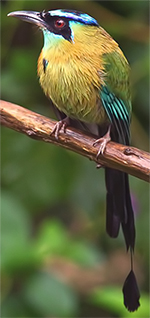 JUST ANNOUNCED!
JUST ANNOUNCED! 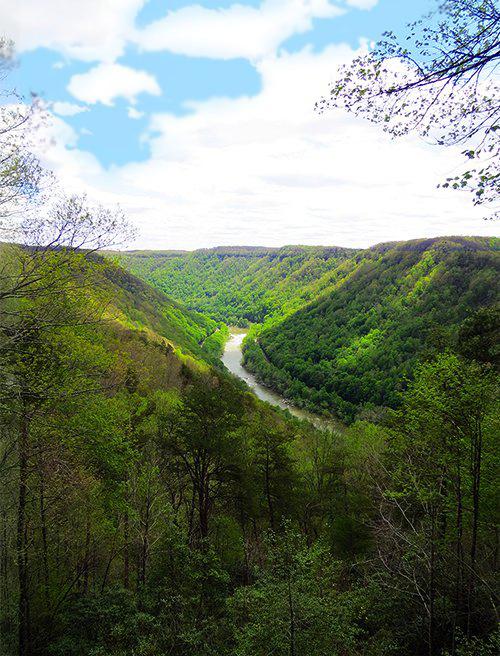


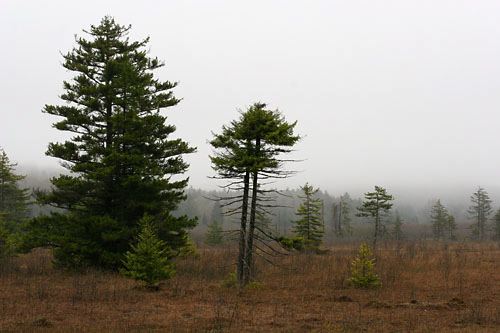
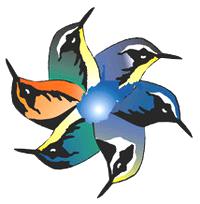 Everything finishes up on Saturday night with music and dancing and with participants swearing a Mountain State sacred oath to return again next year to these West Virginia Hills.
Everything finishes up on Saturday night with music and dancing and with participants swearing a Mountain State sacred oath to return again next year to these West Virginia Hills. 
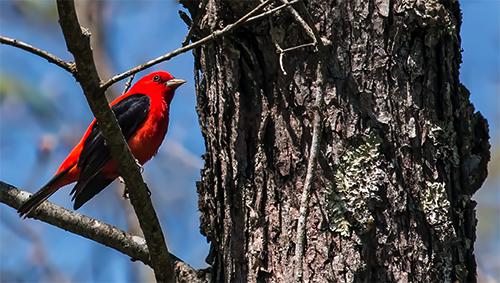
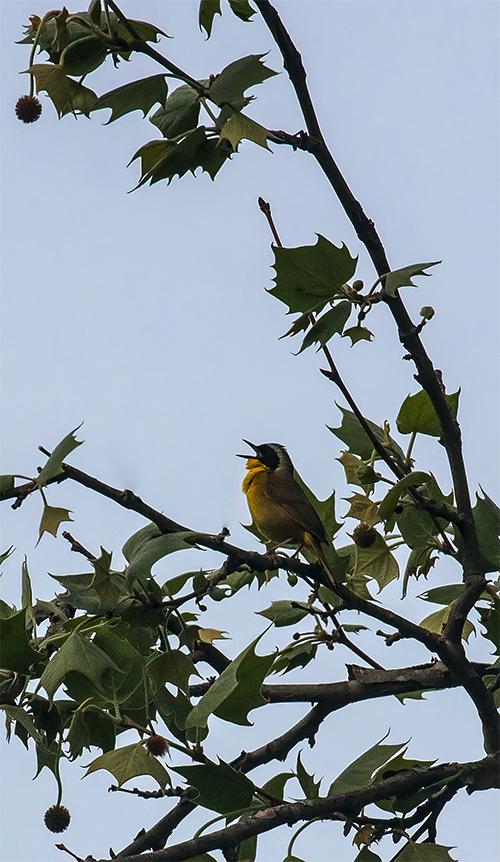
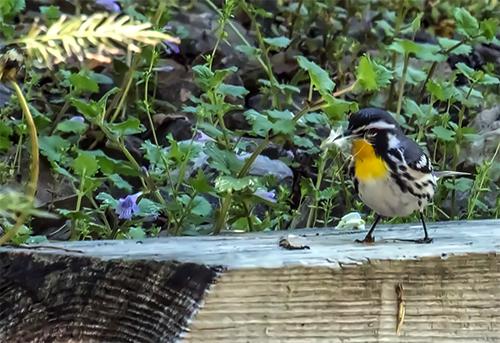
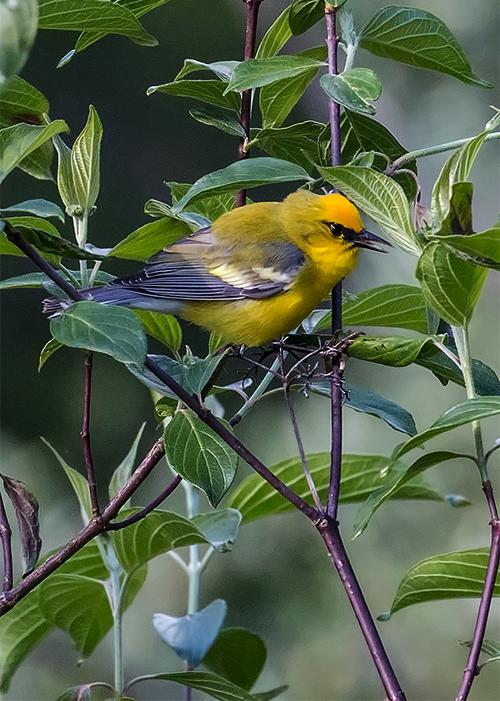
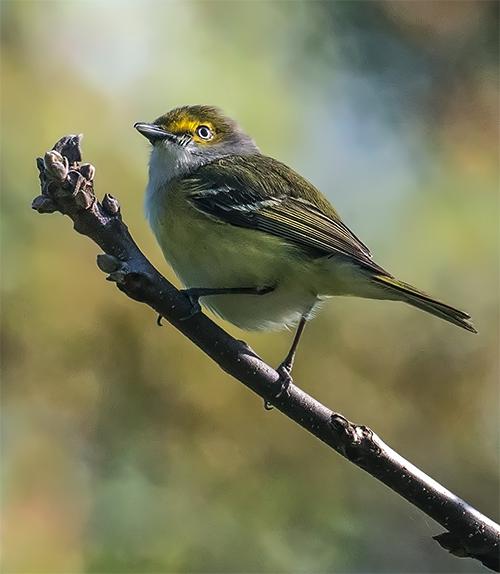
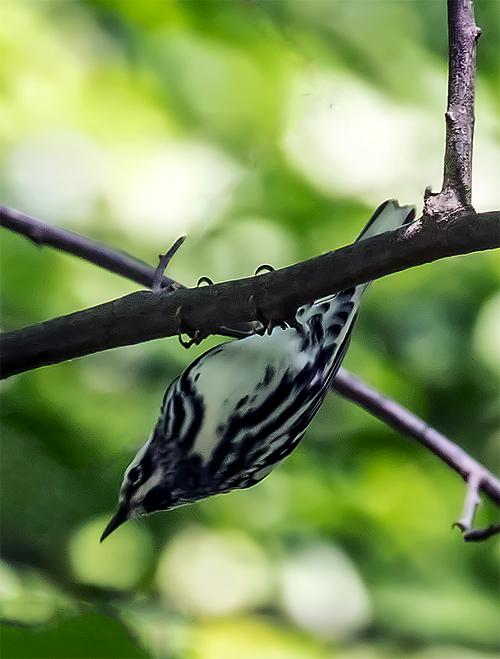

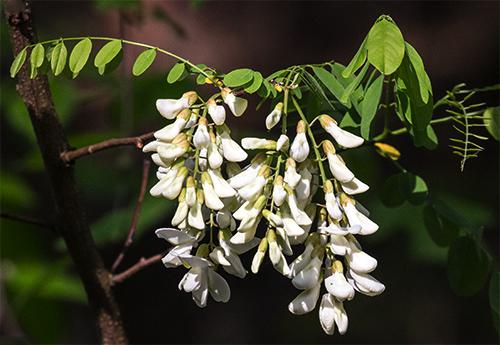
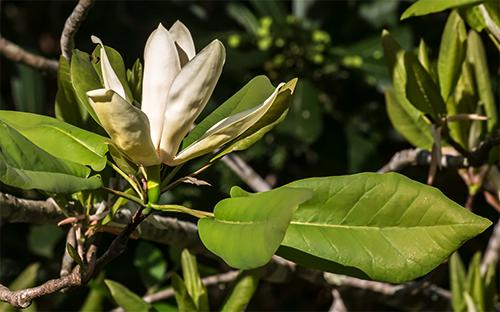

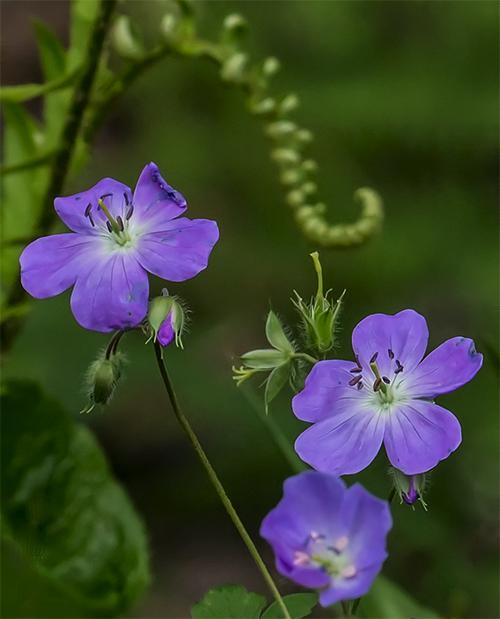

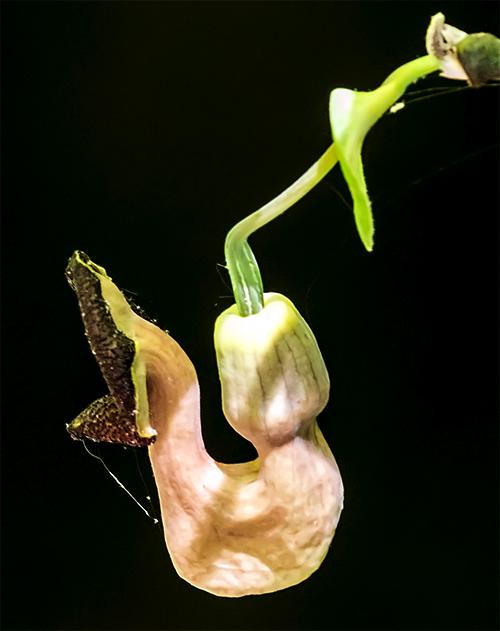
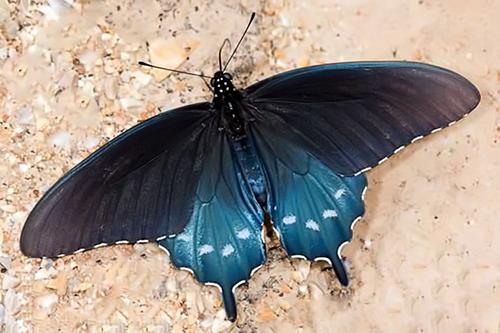
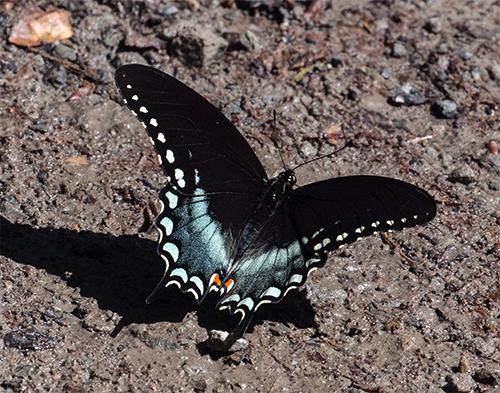
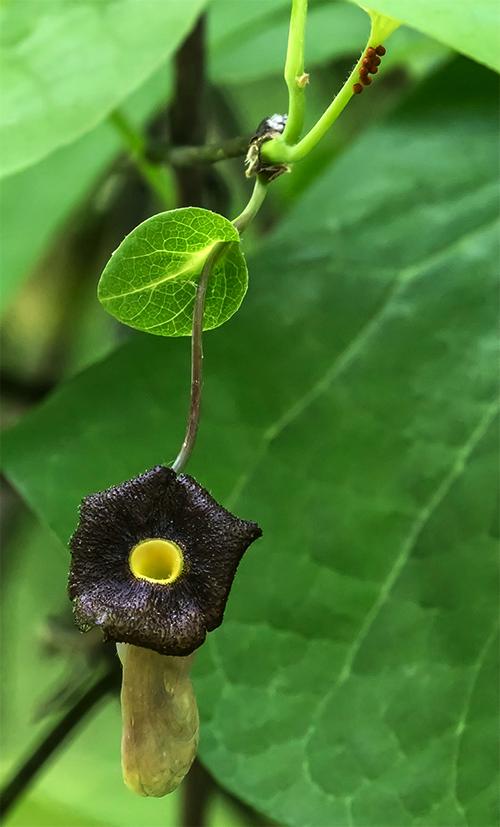

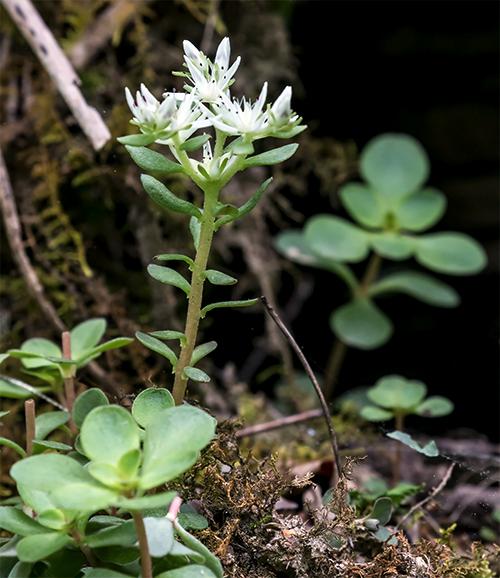
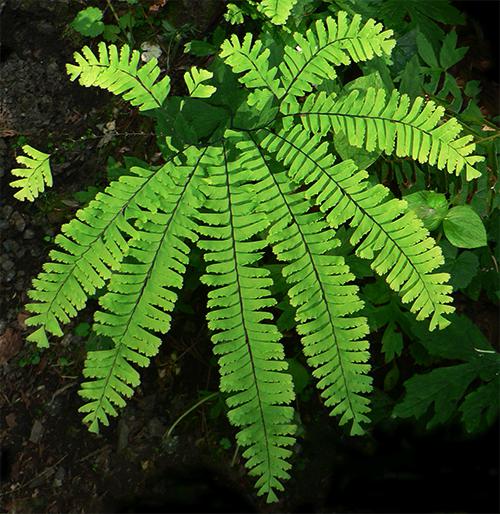
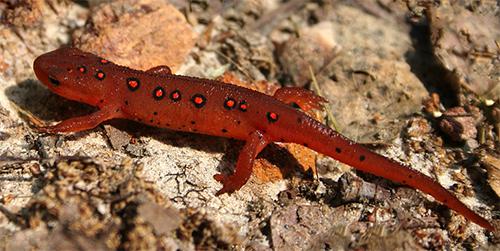
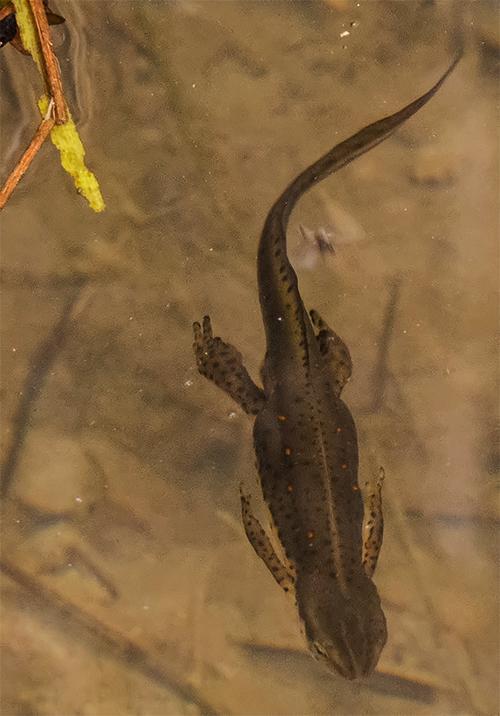











 Please report your
Please report your